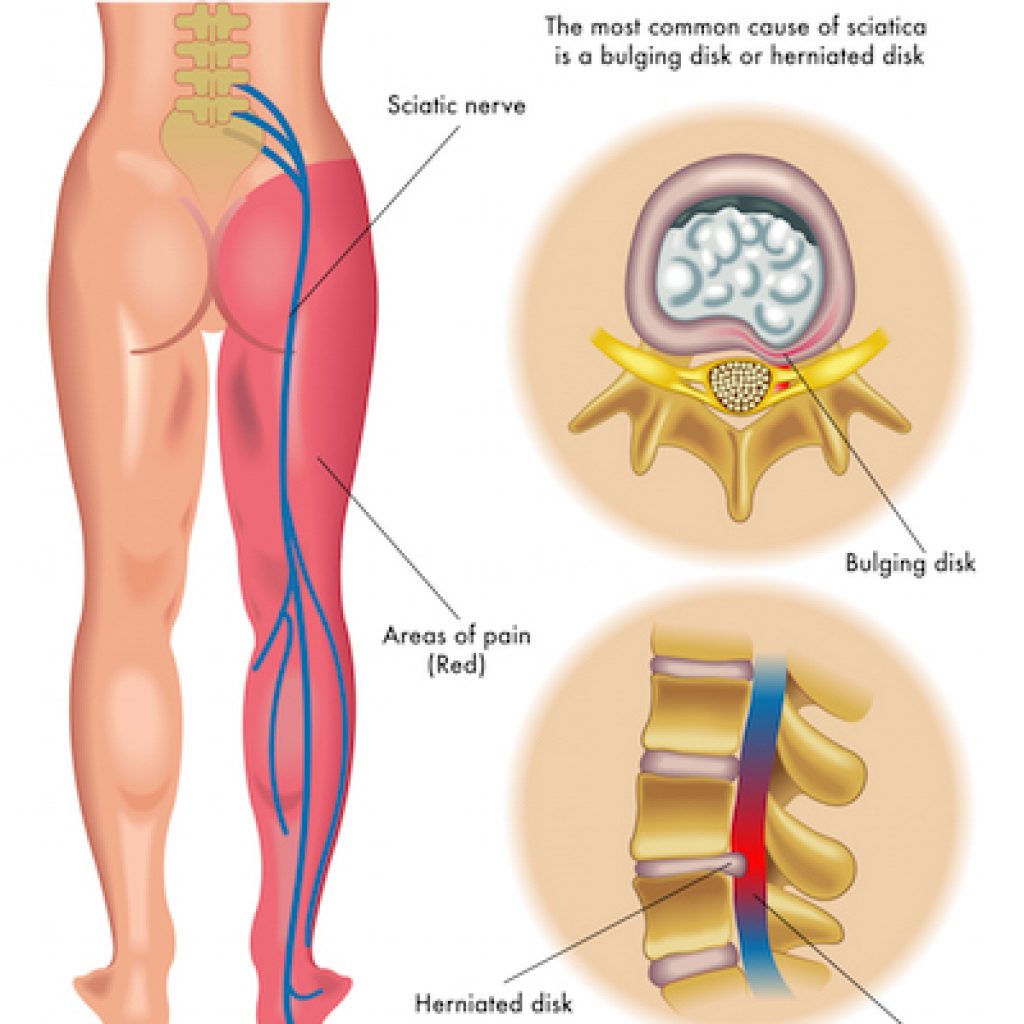Lumbar spondylosis, commonly referred to as degenerative disk disease or osteoarthritis of the spine, is an age-associated condition marked by the breakdown of vertebrae and discs in the lower back. These degenerative changes primarily result from the wear and tear of everyday life but can also be exacerbated by traumatic injuries.

One of the hallmark symptoms of lumbar spondylosis is low back pain, although the condition does not always manifest in noticeable discomfort. Additionally, symptoms can extend to pain, tingling, or numbness in the hip or leg, a phenomenon known as lumbar radiculopathy.
Spondylosis is not limited to the lumbar region. It can affect various parts of the spine:
The cervical spine: bones near the neck.
The thoracic spine: bones in the upper and middle back.
The lumbar spine: bones in the lower back.
A particularly concerning complication of spondylosis is spinal stenosis. This condition refers to a narrowing of the spinal canal which can lead to compression of the spinal cord or spinal nerve roots. Such compression often arises from herniated discs, degenerative disc disease, and osteoarthritis of the spine, the latter also being synonymous with spondylosis.
It’s essential to understand that spondylosis embodies age-related alterations in spinal bones, cartilage, and discs. These changes can put undue pressure on the spinal nerves, especially where they join the spine, known as nerve roots.
Trauma can precipitate spinal stenosis. However, more frequently, the narrowing observed in the lumbar spine stems from the natural aging process and the aforementioned degenerative conditions. To learn more about these spine-related conditions and treatments, you can visit expert sources such as Columbia Neurosurgery and University of Utah Health.


